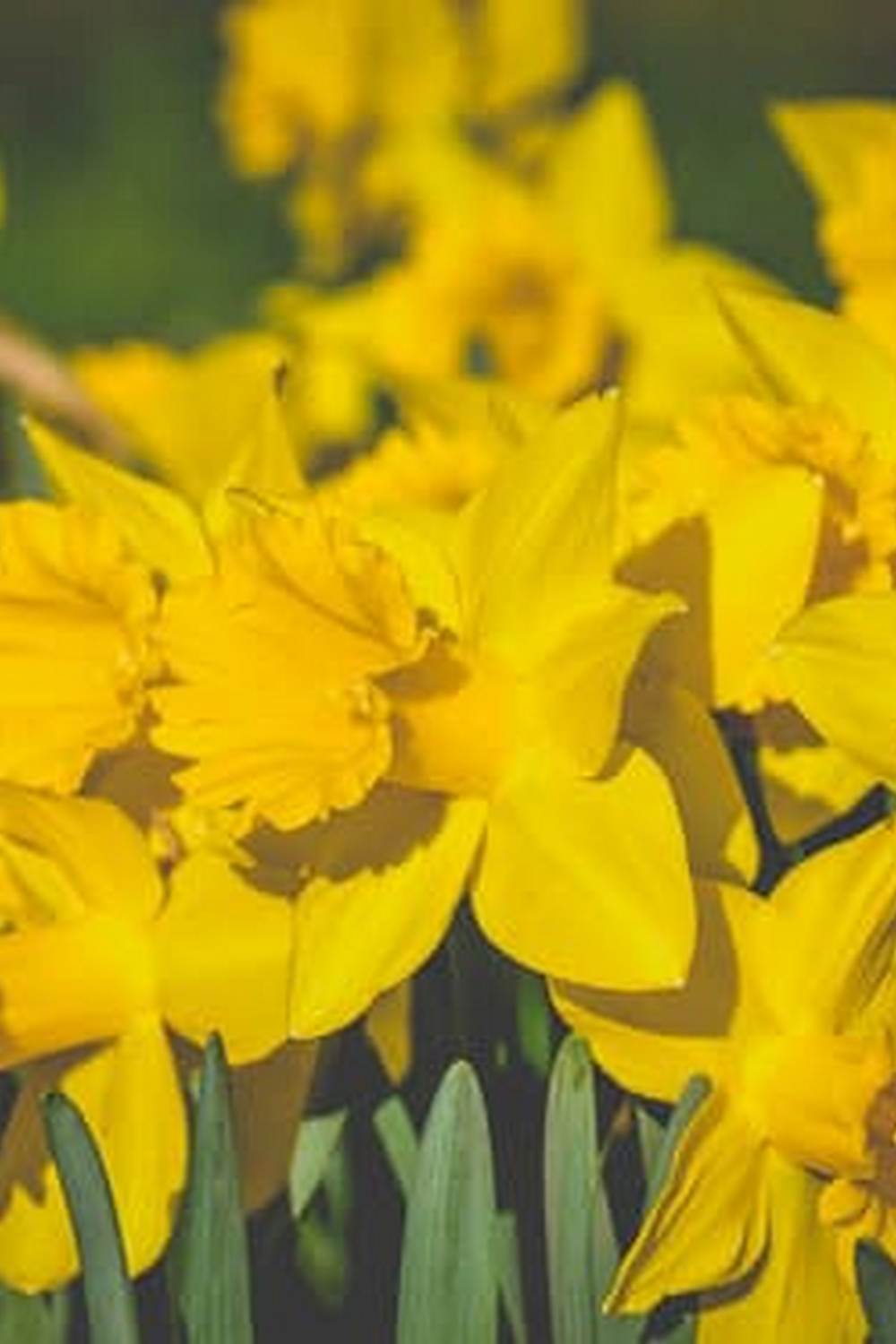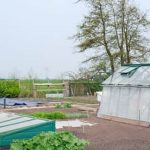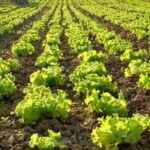Perlite, a versatile and lightweight volcanic glass that is commonly used in horticulture, can be a game-changer in vegetable gardening. Its unique properties make it an excellent addition to soil mixes, aiding in aeration and drainage for healthier plant growth. By incorporating perlite into your vegetable garden, you can improve soil structure and create the optimal conditions for your plants to thrive.
In vegetable gardening, perlite serves as a valuable component that helps prevent compaction of the soil while promoting proper root growth and development. Due to its low density and ability to retain some moisture while also allowing excess water to drain freely, perlite creates a balanced environment that prevents waterlogged conditions and enhances nutrient uptake by the plants.
When selecting the right type of perlite for your vegetable garden, consider factors such as particle size and purity. Coarse-grade perlite is often preferred for its ability to improve drainage, while finer grades may be suitable for seed starting mixes or indoor container gardening. By choosing the appropriate perlite product, you can customize your soil blend to meet the specific needs of your vegetables and maximize their growth potential.
The Role of Perlite in Soil Aeration and Drainage
Perlite plays a crucial role in soil aeration and drainage, making it an essential component for successful vegetable gardening. With its lightweight and porous nature, perlite helps to create air pockets in the soil, promoting oxygen flow to the roots of plants. This improved aeration is vital for root development as it allows for better nutrient uptake and overall plant health.
Benefits of Improved Drainage
In addition to enhancing soil aeration, perlite also aids in improving drainage in vegetable gardens. By adding perlite to the soil mix, excess water is able to drain more efficiently, preventing waterlogged conditions that can lead to root rot and other diseases. This is especially important for vegetables that are susceptible to issues caused by overly wet soil, such as tomatoes and peppers.
Preventing Compaction
Furthermore, perlite helps prevent soil compaction, which can hinder root growth and overall plant performance. The presence of perlite in the soil allows for better root penetration and expansion, leading to healthier plants with stronger root systems. This is particularly beneficial for vegetables that require ample space for root development, such as carrots and potatoes. Including perlite in the garden soil mixture can greatly improve the overall health and productivity of vegetable plants.
Choosing the Right Type of Perlite for Vegetable Gardening
Perlite is a versatile soil amendment that offers numerous benefits for vegetable gardening. Choosing the right type of perlite for your garden is crucial to maximize its effectiveness. Here are some considerations to keep in mind when selecting perlite for vegetable gardening:
- Particle Size: Perlite comes in different particle sizes, typically ranging from small to large. Fine perlite is ideal for seed starting mixes and propagation trays, while medium to coarse perlite works well for improving soil structure and drainage in garden beds.
- Coating: Some perlite products are coated with additives like fertilizers or water-retaining substances. Consider whether you want these additional components in your growing medium or prefer plain, uncoated perlite.
- Sustainability: Choose a brand of perlite that is sustainably sourced and processed. Look for eco-friendly options that have minimal impact on the environment.
By carefully selecting the right type of perlite for your vegetable garden, you can ensure that your plants receive optimal aeration and drainage, leading to healthy root development and robust growth.
Incorporating perlite into your gardening routine can make a significant difference in the success of your vegetable crops. Whether you are starting seeds indoors, transplanting seedlings, or amending garden soil, choosing the appropriate type of perlite will enhance the overall performance of your plants. With proper selection and application, perlite can be a valuable tool in promoting healthy and thriving vegetables in your garden.
Mixing Perlite With Soil for Optimum Results
Perlite is a versatile mineral used in gardening to improve soil aeration and drainage, promoting healthier plant growth. When it comes to vegetable gardening, mixing perlite with soil can greatly enhance the conditions for your plants to thrive. Here are some tips on how to effectively incorporate perlite into your vegetable garden:
- Choose the right type of perlite: There are different grades of perlite suited for various gardening needs. For vegetable gardening, opt for coarse-grade perlite which provides better aeration and drainage.
- Prepare the soil mix: Before planting your vegetables, create a well-balanced soil mix by combining equal parts of potting soil, compost, and perlite. This blend will ensure proper water retention while preventing root rot.
- Blend thoroughly: When mixing perlite with soil, make sure to blend it evenly throughout the mixture. This will prevent clumping and allow for consistent moisture distribution in the root zone.
By incorporating perlite into your soil mix, you create an environment that encourages robust root development and healthy plant growth in your vegetable garden. The lightweight nature of perlite also makes it easier for roots to penetrate the soil, accessing essential nutrients more efficiently. Additionally, the enhanced drainage properties of perlite help prevent waterlogging, reducing the risk of fungal diseases and root rot.
In container gardening or raised beds, using perlite can significantly improve soil structure and prevent compaction over time. Perlite’s ability to retain moisture while ensuring proper drainage is particularly beneficial in these settings where space is limited.
Remember to adjust the ratio of perlite in your soil mix according to the specific needs of your vegetables – some varieties may require more aeration than others. By following these guidelines for mixing perlite with soil, you’ll set your vegetable garden up for success with optimal growing conditions.
The Impact of Perlite on Root Development and Plant Growth
Perlite is a versatile and beneficial additive in vegetable gardening, known for its ability to improve soil aeration and drainage. However, its positive impact on root development and overall plant growth should not be overlooked. When used correctly, perlite can significantly enhance the health and vigor of your plants.
One of the key benefits of perlite in root development is its lightweight nature, which provides roots with the necessary oxygen they need to thrive. Perlite’s porous structure allows for better air circulation within the soil, preventing compaction and promoting strong root growth. This increased oxygen availability also encourages the development of a healthy root system, leading to improved nutrient absorption and overall plant vitality.
In addition to promoting root development, perlite also plays a crucial role in supporting optimal plant growth. By enhancing soil drainage and preventing waterlogging, perlite helps prevent root rot and other moisture-related issues that can stunt plant growth. The improved soil structure created by perlite also facilitates better nutrient uptake by roots, ensuring that your plants have access to essential minerals for robust growth. Overall, incorporating perlite into your vegetable garden can lead to healthier plants with higher yields.
Perlite as a Natural Pesticide and Disease Prevention Method
Perlite, a versatile mineral widely used in gardening, serves not only as a soil amendment for improving aeration and drainage but also as a natural pesticide and disease prevention method in vegetable gardening. Its lightweight nature and porous structure make it an ideal medium for promoting healthy plant growth while deterring pests and diseases.
One of the key ways perlite acts as a natural pesticide is through its ability to create an environment that discourages harmful organisms. The physical structure of perlite creates air pockets within the soil, reducing moisture retention and minimizing the conditions that certain pests thrive in. This can be particularly beneficial in preventing root rot and fungal diseases that often occur in overly moist environments.
Furthermore, perlite has been found to help repel common garden pests such as aphids, spider mites, and whiteflies due to its rough texture, which can be uncomfortable for these insects to navigate. By incorporating perlite into your vegetable garden soil or using it as a top dressing around plants, you can create a less hospitable environment for pests, thus reducing the need for chemical pesticides.
Additionally, the presence of perlite can help prevent the spread of airborne diseases by promoting airflow around plants and reducing humidity levels.
| Perlite Benefits in Pest Control | Perlite Benefits in Disease Prevention |
|---|---|
| Repels common garden pests like aphids and whiteflies | Reduces moisture retention, preventing root rot and fungal diseases |
| Creates a less hospitable environment for insects due to its rough texture | Promotes airflow around plants, minimizing humidity levels |
Using Perlite for Container Gardening and Raised Beds
Benefits of Using Perlite in Container Gardening
When it comes to container gardening, perlite can be a game-changer for plant health and growth. The lightweight and airy nature of perlite helps to improve soil drainage, preventing waterlogging that can lead to root rot. Additionally, perlite aids in soil aeration, allowing oxygen to reach the roots more effectively, promoting healthy plant growth. This is especially important in containers where space is limited, and proper soil conditions are crucial for plant development.
How to Incorporate Perlite Into Raised Beds
Raised beds offer numerous advantages for vegetable gardening, including better soil drainage and heat retention. By adding perlite to the growing medium of raised beds, you can further enhance these benefits. When preparing the soil mix for raised beds, simply combine perlite with other components such as compost, peat moss, or garden soil.
Aim for a ratio of around 1 part perlite to 4 parts of your base soil mix for optimal results. Mix thoroughly before filling the raised bed to ensure even distribution of perlite.
Tips for Successful Vegetable Gardening With Perlite in Containers and Raised Beds
To make the most of using perlite in container gardening and raised beds, consider the following tips:
- Select a fine-grade or medium-grade perlite for containers to prevent it from floating to the top.
- Water plants in containers consistently as perlite can cause faster evaporation.
- Monitor soil moisture levels regularly in raised beds containing perlite to avoid drying out too quickly.
- Rotate crops in containers or raised beds annually to prevent nutrient depletion and maintain soil health.
By incorporating these practices into your vegetable gardening routine with perlite, you can enjoy healthier plants, improved yields, and overall success in your garden.
Common Mistakes to Avoid When Using Perlite in Vegetable Gardening
When incorporating perlite into your vegetable gardening routine, it is important to be aware of common mistakes that could potentially hinder the effectiveness of this versatile mineral. One common mistake to avoid is using too much perlite in the soil mixture. While perlite helps with aeration and drainage, an excessive amount can lead to the soil drying out too quickly, causing stress to plants. It is crucial to find the right balance when mixing perlite with soil for optimal results.
Another mistake to steer clear of is not properly moistening the perlite before incorporating it into the soil. Perlite has a tendency to repel water when dry, which can affect its ability to retain moisture in the soil. To prevent this issue, ensure that you thoroughly moisten the perlite before mixing it with the soil. This will help maintain a consistent level of moisture in the root zone and promote healthy plant growth.
Lastly, a mistake that beginner gardeners often make is neglecting to choose the right type of perlite for their specific vegetable gardening needs. There are different grades and types of perlite available, each with its own unique characteristics.
Before purchasing perlite, consider factors such as particle size and density to determine which type would be most suitable for your vegetable garden. Conducting research or seeking advice from experienced gardeners can help you make an informed decision on selecting the appropriate perlite for your gardening project.
| Mistake | Impact |
|---|---|
| Using too much perlite | Can lead to soil drying out quickly |
| Not moistening perlite | May repel water and affect moisture retention |
| Choosing wrong type of perlite | Could impact plant growth and development |
Conclusion
In conclusion, perlite is a highly beneficial additive for vegetable gardening due to its ability to improve soil aeration, drainage, root development, and plant growth. By incorporating perlite into your soil mix, you can create an optimal environment for your vegetables to thrive. Whether you are using it in raised beds, containers, or directly in the ground, perlite can make a significant difference in the health and productivity of your garden.
When using perlite in vegetable gardening, it is important to choose the right type of perlite that suits your specific needs. Consider factors such as particle size and quality to ensure that you get the most out of this natural mineral. Additionally, mixing perlite with soil in the correct proportions is crucial for achieving optimum results. Properly aerated and well-draining soil will promote healthy root systems and overall plant growth.
Furthermore, by utilizing perlite as a natural pesticide and disease prevention method, you can protect your vegetable plants from harmful pathogens and insect infestations. This environmentally friendly approach not only enhances the health of your crops but also reduces the need for harsh chemicals.
Avoiding common mistakes such as overuse or improper blending will help you make the most out of perlite in your vegetable garden. With proper care and attention to detail, you can enjoy bountiful harvests and thriving plants all season long.
Frequently Asked Questions
Should I Use Perlite in a Vegetable Garden?
Perlite can be a beneficial addition to a vegetable garden as it helps improve soil drainage, prevent compaction, and provide aeration for plant roots. However, the decision to use perlite depends on the specific needs of your garden soil and plants.
What Plants Don T Like Perlite?
Some plants may not thrive in growing conditions where perlite is used excessively or inappropriately. Plants that prefer consistently moist soil or have shallow roots may not appreciate the rapid drainage effects of perlite. It’s crucial to consider the specific requirements of each plant before incorporating perlite into the soil.
Should I Add Perlite to My Raised Garden Bed?
Adding perlite to a raised garden bed can be advantageous if the existing soil is heavy and poorly draining. Perlite can help lighten the soil, enhance aeration, and promote healthy root growth in raised beds where drainage may be an issue.
Assessing the current condition of the soil and considering the watering needs of your plants can guide your decision to add perlite.

If you’re looking to get into vegetable gardening, or are just looking for some tips on how to make your current garden better, then you’ve come to the right place! My name is Ethel and I have been gardening for years. In this blog, I’m going to share with you some of my best tips on how to create a successful vegetable garden.





